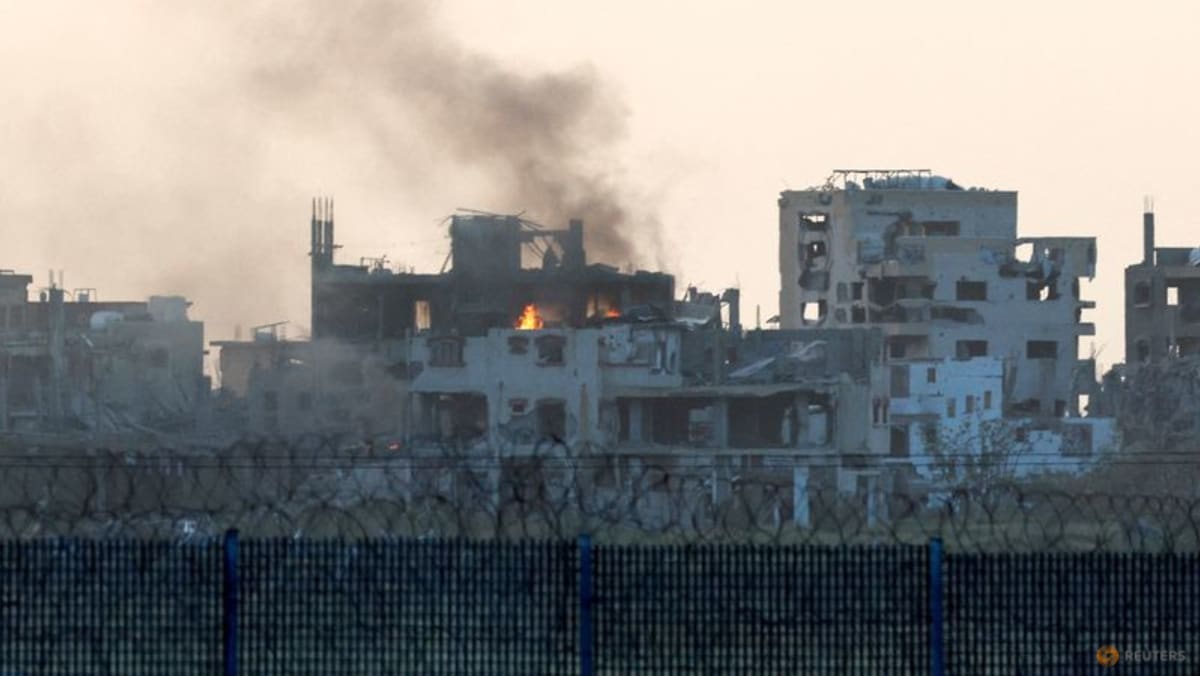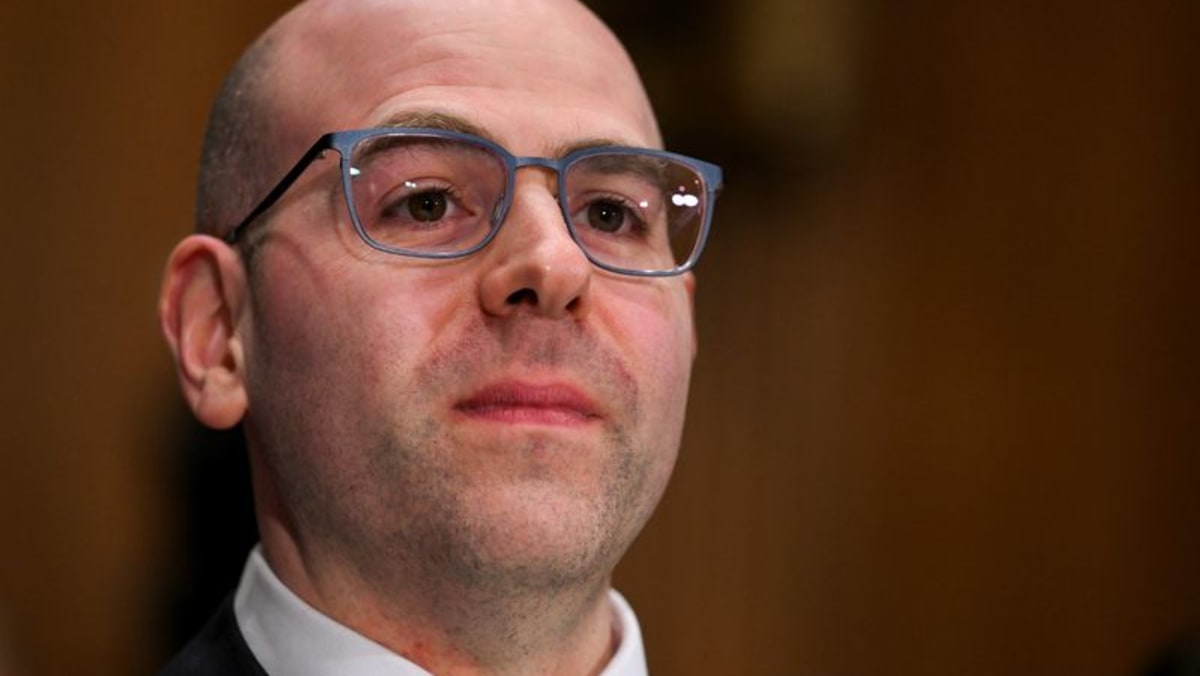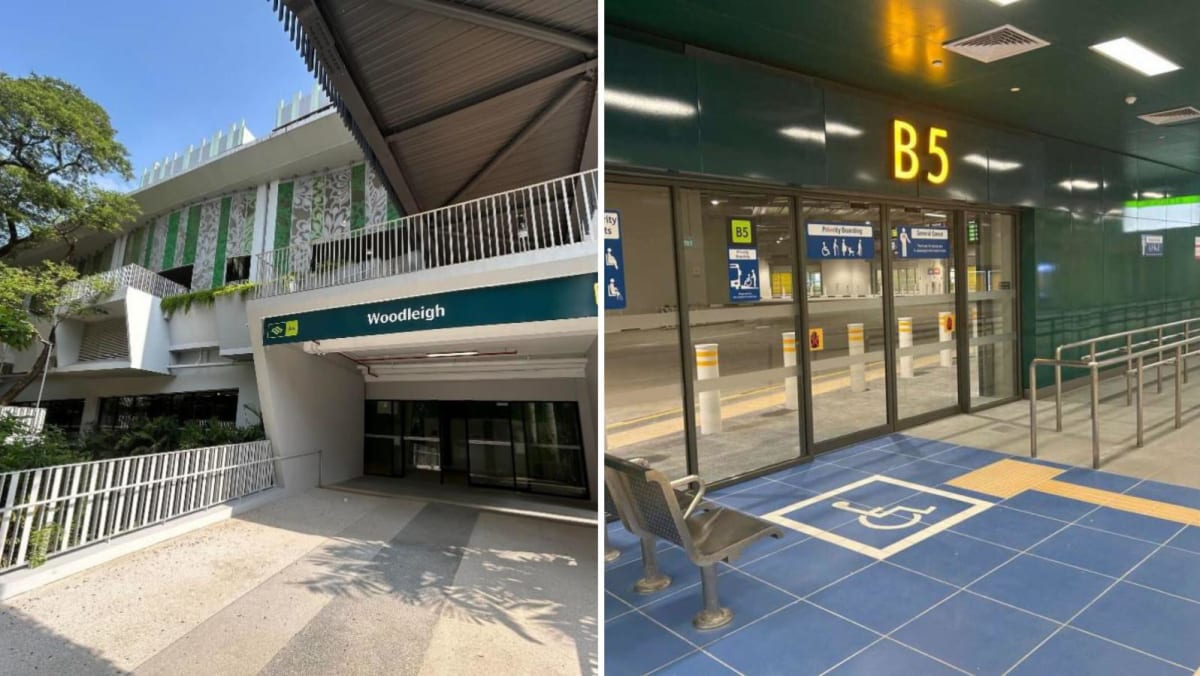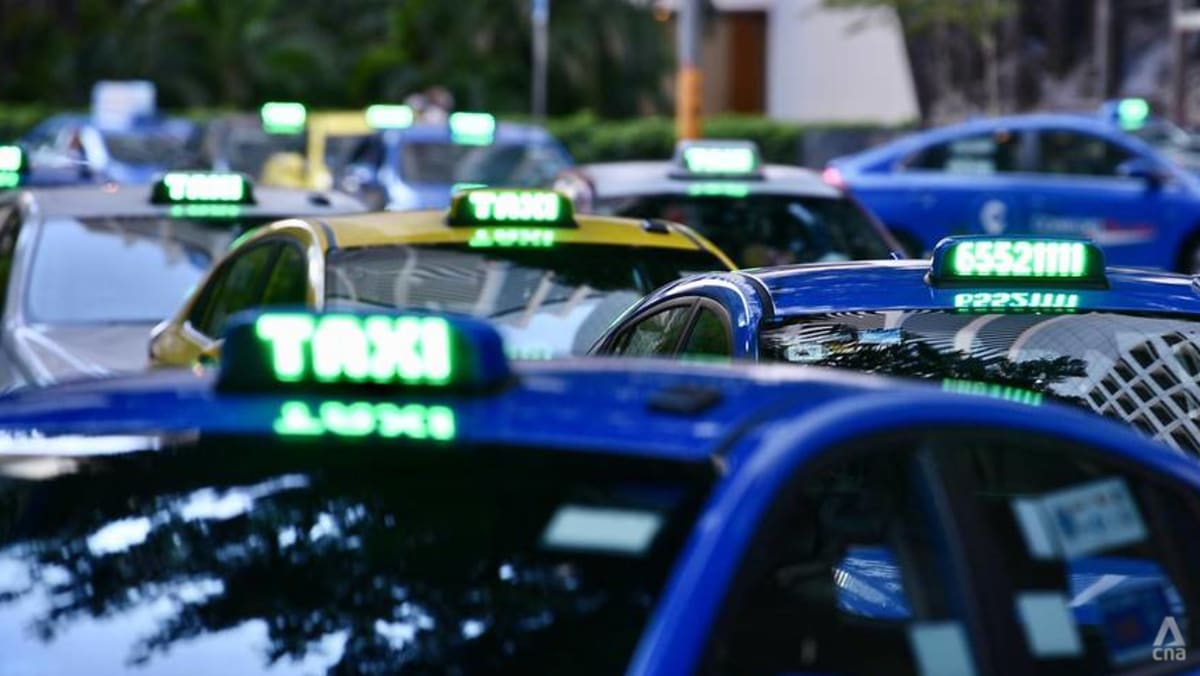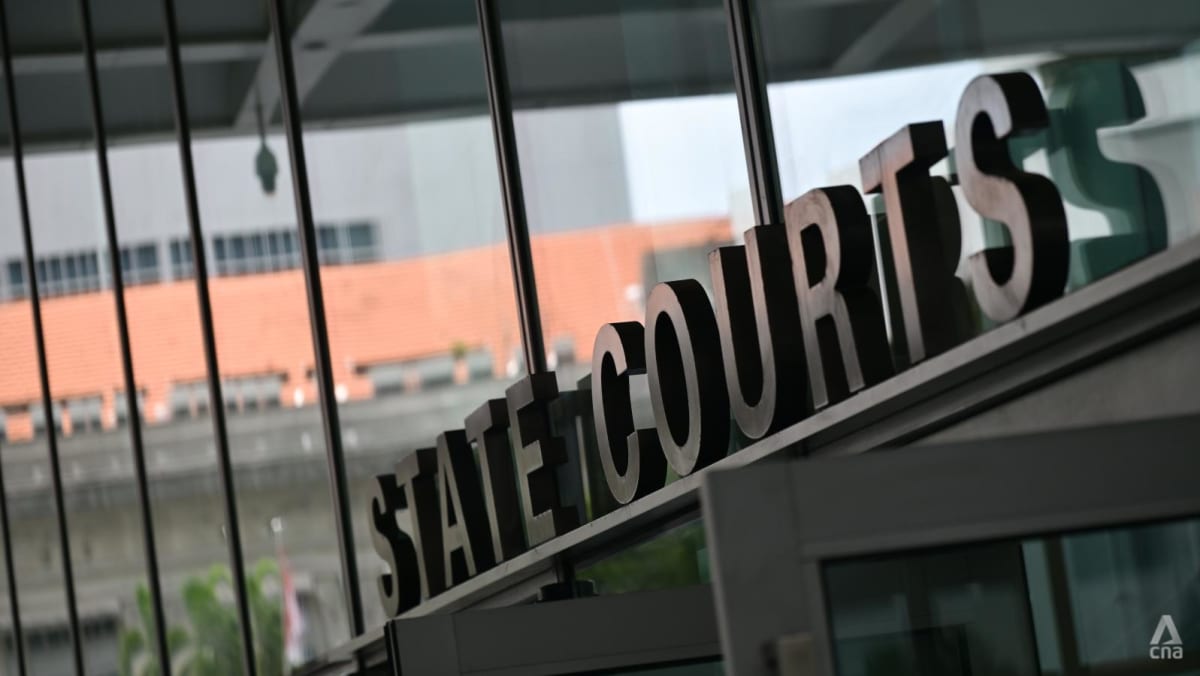PLANS TO ATTACK MOSQUES
The 17-year-old detainee shortlisted five mosques in June 2024 as potential targets for his attacks – Masjid Maarof, Masjid Jamek Queenstown, Masjid Darussalam, Masjid An-Nur and Masjid Hajjah Fatimah.
While he wanted to attack all five mosques to achieve a high “kill count”, he gave greater thought to attacking Masjid Maarof as he frequented the Jurong West area, said ISD in the press release.
He planned to attack when people were leaving after Friday prayers to maximise the number of casualties, setting a target to kill at least 100 Muslims.
According to the ISD, this was to outdo Brenton Tarrant, who attacked Muslims in the New Zealand city of Christchurch in 2019, as well as other far-right shooters.
He also planned to livestream his attacks.
At the point of arrest, he admitted that he had yet to execute his attacks only because he was unable to procure a gun.
FAR-RIGHT EXTREMISM
The youth’s path to radicalisation began in 2022 when he encountered Islamophobic and far-right extremist materials online.
The materials, alongside his “pre-existing racist views against Malays”, led him to “develop an aversion” towards Islam, Malays and Muslims, said ISD.
In November 2023, he came across a video of Tarrant’s Christchurch attack. ISD said he felt a “sense of satisfaction” from watching Muslims being shot in the video and saw Tarrant as a “hero”.
After consuming online manifestos of far-right terrorists, the 17-year-old learnt about the Great Replacement Theory, which claims that white populations in the West are in danger of being replaced by non-white immigrants.
The youth was convinced that it was happening in Singapore, and by early 2024, he had thoughts of emulating Tarrant, shooting Muslims at mosques in Singapore with an AK-47 assault rifle, ISD said.
He was also influenced by anti-Semitic content online and fantasised about killing Jews, but did not have any concrete attack plans.
The 17-year-old planned to use firearms for his attacks at local mosques to “maximise casualties”, and failed in a few attempts to procure a gun, ISD said.
Between February and April 2024, for instance, he reached out to a US-based online contact who claimed to be a gun maker.
The contact told him it would be difficult to smuggle gun parts into Singapore and suggested 3D printing the parts and ammunition instead – ideas the youth did not follow through with because of the cost and technical feasibility.
The 17-year-old reached out to another foreign contact intending to buy and smuggle a Glock 19 pistol into Singapore, but the transaction did not materialise, said ISD.
He also inquired about buying a replica pistol from an online seller, intending to modify it into a functioning firearm, but did not follow through with the purchase.
In addition, he considered buying guns and ammunition in Malaysia or Thailand and smuggling them into Singapore by land. He also watched online videos on handling firearms and planned to visit a shooting range in the US, said ISD.
While he did not share his plans for the attacks with anyone because he was afraid of getting arrested, the youth’s parents were aware that he hated Muslims and that he was spending an excessive amount of time online, said ISD.
Although his father had shared news reports of previous far-right extremist cases dealt with under the ISA to encourage his son to change his mindset, the youth’s parents did not seek help from the authorities.
“He told ISD quite openly, if he had gotten a gun, he would have carried out his attacks,” said Mr Shanmugam on Wednesday.
He added that there are likely to be other radicalised individuals in Singapore who may be consuming online material and planning to carry out attacks.
The 17-year-old was an online contact of Lee – the youth detained in December – and they had exchanged Islamophobic and far-right extremist materials on social media.
The two had not met in person and were not aware of each other’s plans to conduct attacks in Singapore, ISD said on Wednesday.
Like Lee, he identified as an “East Asian Supremacist” who believed that Han Chinese, Korean and Japanese ethnicities were superior to Malays and Indians.
ONLINE SELF-RADICALISATION OF YOUTHS
Since 2015, 17 youths aged 20 and below have been dealt with under the ISA. All were self-radicalised online and nine of them aspired to carry out attacks in Singapore, ISD noted.
Those radicalised are getting younger, the agency said, adding that the case of the 15-year-old mirrors a global trend of female teenagers who aspire to travel to Syria to fight or support the Islamic State’s cause by marrying militants.
“The threat posed by ISIS has not abated, sustained through its online propaganda efforts, virtual network of supporters and global affiliates,” ISD said.
Far-right extremism is also “finding resonance” among Singaporean youths, and materials from terrorists like Tarrant had influenced all four youths detained for far-right extremism under the ISA.
Self-radicalisation can happen very quickly, warned ISD, adding that the 15-year-old girl’s self-radicalisation “only took weeks”.
“Family members and friends are best placed to notice changes in behaviour and quickly alert the authorities if they suspect their loved ones have been radicalised,” said ISD, adding that it is critical for the public to be vigilant and quickly seek help.
The two latest cases are a cause for concern, said Mr Shanmugam, adding that both youths were consuming very radical material online and sharing their extremist views with their family and friends.
Families also may not realise how far the radicalisation has gone, he said.
“We have to ask friends, families of people to alert us when you see someone consuming material, which is radical, going online, talking to you in very radical terms, it’s good to tell the Ministry of Home Affairs,” said Mr Shanmugam.
“We will investigate. We can guide them, and really, we are here to help them in many ways. We stop them from harming themselves and others,” he added, noting that many cases can be rehabilitated.
For example, the first far-right extremist who was arrested was doing badly in school. After he was detained, a Christian pastor talked to him regularly, ISD “helped him to study”, and the youth passed his O-Level examinations two years ago, said the minister.
“He can look forward to a life rehabilitated, as opposed to getting himself killed in some venture.”
Anyone who knows or suspects that a person has been radicalised should promptly contact the ISD Counter-Terrorism Centre hotline at 1800-2626-473.

